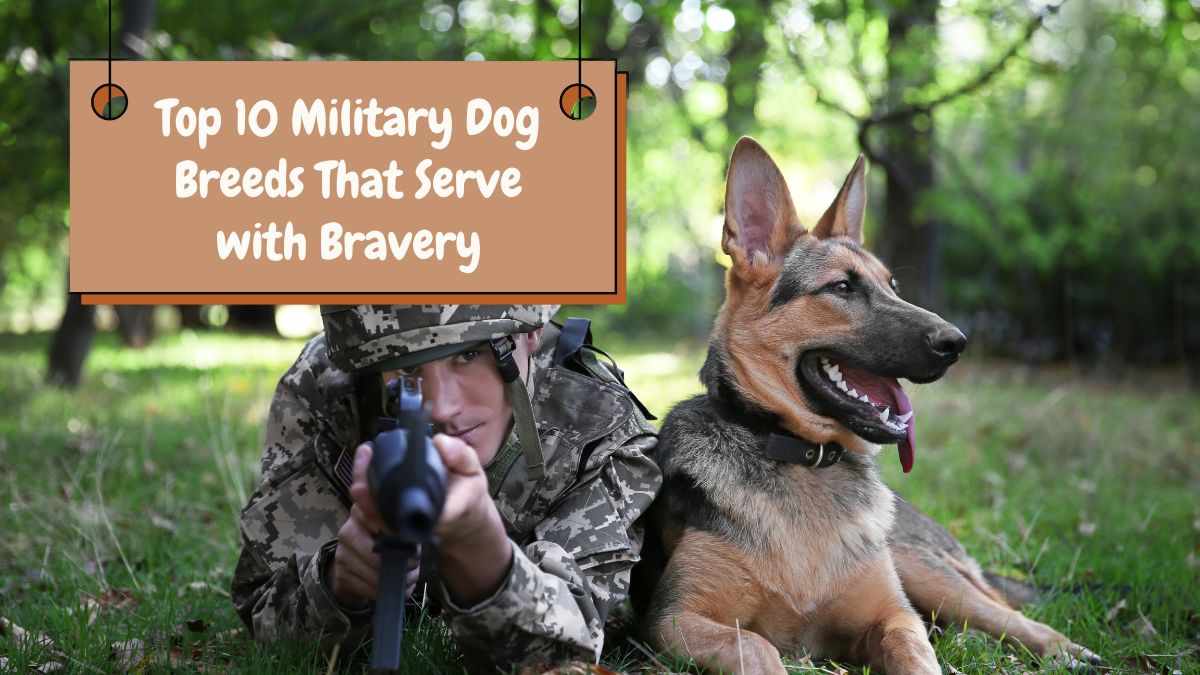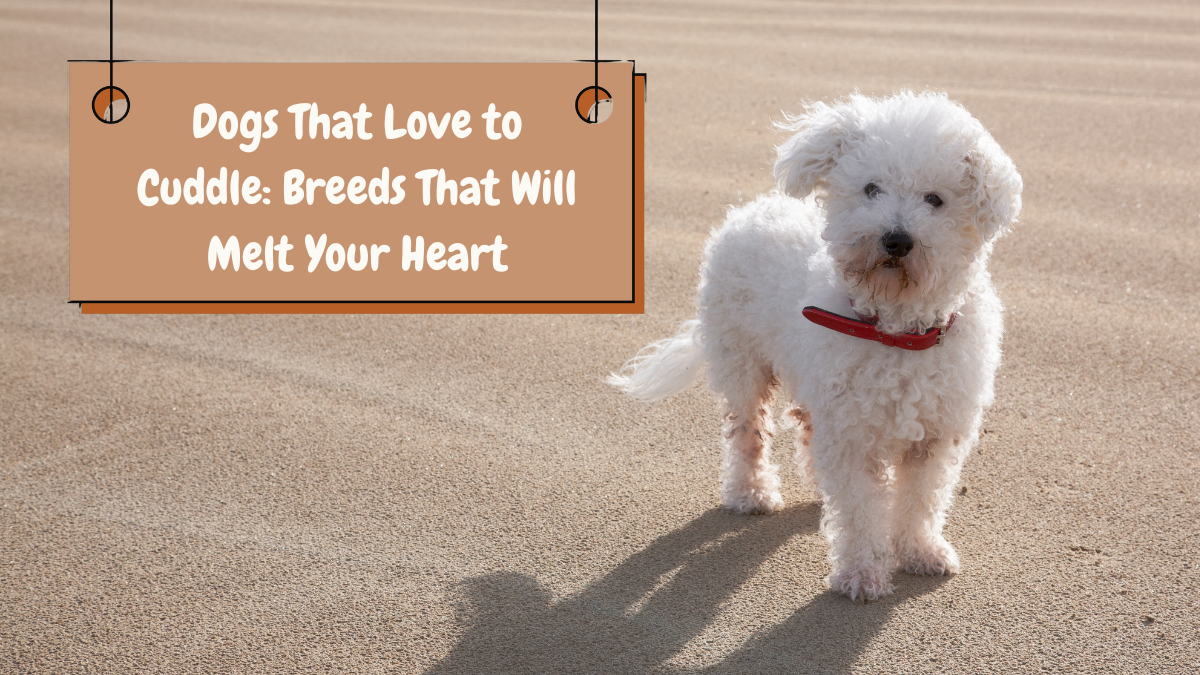Military working dogs have long been known for their loyalty, intelligence, and unmatched bravery in various roles, from detection to combat.
These highly trained canines have played critical roles in military operations worldwide, performing tasks that require precision, courage, and dedication.
Below are the top 10 military dog breeds that have made remarkable contributions to armed forces globally.
Military Dog Breeds That Serve with Bravery
1. Belgian Malinois
The Belgian Malinois is often the top choice for military tasks, known for its agility, intelligence, and intense drive.
These dogs are highly versatile, performing tasks such as explosive detection, patrol work, and high-risk missions.
Their strong work ethic, combined with quick learning ability, makes them the go-to for units like the Navy SEALs.
- Role: Patrol, explosive detection, combat
- Temperament: Loyal, confident, energetic
- Skills: High endurance, agility, and focus
- Strength: Can perform parachute jumps with soldiers
2. German Shepherd
One of the most well-known military breeds, German Shepherds have been in service since World War I.
Their intelligence and strength make them ideal for both offensive and defensive tasks, including tracking, search and rescue, and guarding military bases.
German Shepherds form strong bonds with their handlers, which is crucial in high-pressure environments.
- Role: Tracking, search and rescue, guard duty
- Temperament: Brave, loyal, intelligent
- Skills: Tracking scents, guarding
3. Labrador Retriever
Despite their friendly nature, Labrador Retrievers are highly effective in military detection tasks, especially in sniffing out explosives and narcotics.
Their exceptional sense of smell and trainability make them invaluable in saving lives by locating hidden threats.
Labradors are also known for their calm demeanor, which helps soldiers in stressful environments.
- Role: Explosives detection, drug detection
- Temperament: Friendly, gentle, intelligent
- Skills: Outstanding sense of smell
4. Doberman Pinscher
The Doberman Pinscher is a fearsome and loyal guard dog known for its high energy and alertness.
Their guarding instincts and ability to stay focused under pressure make them excellent sentries, protecting key personnel and high-security military installations.
Dobermans are also swift and agile, capable of performing tasks that require rapid response.
- Role: Guarding, sentry duties
- Temperament: Loyal, fearless, intelligent
- Skills: Speed, protection
5. Boxer
Boxers were frequently used as messenger dogs during World War I and World War II. Their strength, agility, and loyalty made them reliable in delivering crucial messages across dangerous battlefields.
Today, their high energy and muscular build make them ideal for a range of military tasks, including search and rescue.
- Role: Messenger, search and rescue
- Temperament: Loyal, courageous, energetic
- Skills: Agility, endurance
6. Rottweiler
Rottweilers are known for their robust build and guarding instincts, making them a formidable presence in military settings.
Their size, strength, and territorial nature allow them to excel in patrolling and guarding military bases. Historically, they have been used in various roles, including transportation of goods during wartime.
- Role: Patrolling, guarding
- Temperament: Protective, loyal, strong
- Skills: Strength, endurance
7. Dutch Shepherd
Dutch Shepherds are versatile and trainable dogs often used for military work, including tracking, obedience, and patrol tasks.
Known for their intelligence and resilience, they are quick learners and can adapt to a range of military duties. Their agility and endurance make them highly effective in physically demanding roles.
- Role: Tracking, obedience, patrol
- Temperament: Intelligent, agile, obedient
- Skills: Versatility, tracking
8. Staffordshire Bull Terrier
Despite their smaller size, Staffordshire Bull Terriers are known for their bravery and determination. Historically, they have served in messenger and sentry roles, particularly during World Wars.
Their compact build and muscular strength make them effective in various support roles within military units.
- Role: Messenger, sentry duties
- Temperament: Brave, loyal, tenacious
- Skills: Endurance, strength
9. Giant Schnauzer
Giant Schnauzers are known for their commanding presence and guarding abilities. Originally used by the Soviets during the 1940s, these dogs excel in protecting military personnel and installations. Their alertness and size make them a deterrent to potential threats.
- Role: Guarding, patrol
- Temperament: Territorial, alert, strong
- Skills: Guarding, alertness
10. Alaskan Malamute
The Alaskan Malamute is renowned for its strength and stamina in cold climates.
They have been used in arctic military operations, particularly in search and rescue missions.
Their ability to withstand harsh weather conditions and cover long distances makes them invaluable in saving lives during rescue operations.
- Role: Search and rescue (cold climates)
- Temperament: Friendly, resilient, strong
- Skills: Endurance, strength
Conclusion
Military working dogs are true heroes, contributing significantly to the safety and success of military operations.
Whether detecting explosives, guarding soldiers, or performing search and rescue missions, these canines show unparalleled loyalty and bravery.
Their roles extend beyond combat, providing emotional support to soldiers and saving countless lives through their specialized skills. Each breed brings unique capabilities that make them invaluable in the line of duty.
The bond between a military dog and its handler remains one of the most trusted partnerships on the battlefield.
FAQs
1. Which dog breed is the most commonly used in the military?
The Belgian Malinois is the most commonly used breed in modern military operations due to its agility, endurance, and intelligence.
2. What are military dogs trained to do?
Military dogs are trained for various tasks, including explosive detection, search and rescue, patrolling, and guarding military personnel and installations.
3. At what age do military dogs retire?
Most military dogs retire around the age of 8 to 10 years, depending on their health and the intensity of their duties.
4. Can retired military dogs be adopted?
Yes, retired military dogs can be adopted through special programs. These dogs often find homes with their handlers or through adoption programs for former service animals.
5. Are Labrador Retrievers used in the military?
Yes, Labrador Retrievers are widely used in detection tasks due to their exceptional sense of smell and trainable nature.











